
If you’re going to use a gun and a flashlight together, be sure to practice – a lot.
I’m a big fan of mounting lights on defensive handguns. Before you ever pull a trigger in low light or dark conditions, you need to know exactly what you’re shooting at. Besides positive identification, a weapon-mounted light will even allow you to see regular iron sights quite clearly. Yes, glow-in-the-dark Tritium sights
are fantastic and highly recommended, but a light on the front of your gun makes for a surprisingly clear sight picture. Give it a try and you’ll see.
However, it’s important not to rely on a handgun-mounted light should you ever have to wander around your house as a result of some suspicious noise. (As a quick side note, unless you absolutely positively have to go looking around in the dark—perhaps to get to your children—you should avoid playing Ninja games with home invaders. It’s far safer to barricade in place and call 911. But that’s a whole other topic.)
The Danger of Searching with a Weapon-Mounted Light
For now, let’s assume you have to move through your home, looking for the source of that bump. You don’t want to be searching using the light on your gun. Why? You don’t yet know if the cause of that “bump” is something at which you should be shooting, or even pointing a gun. What if it’s a sleepwalking or thirsty child? Or a houseguest? Or the family dog? And there are plenty of incidents in which a neighbor stumbled into the wrong home at night. In any of these cases, you do NOT want to be aiming a loaded gun until you know for sure that you should be. That’s why you should always, always, always have a flashlight at the ready. Flashlights are for searching…weapon lights are for shooting.

The FBI flashlight technique calls for holding the light out and away from your body, with the lens close to your pinky finger. It arguably provides the most flexibility to searching and navigating with your flashlight.
Read the rest at Range365.


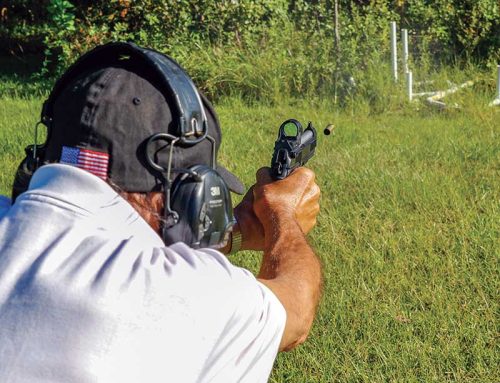
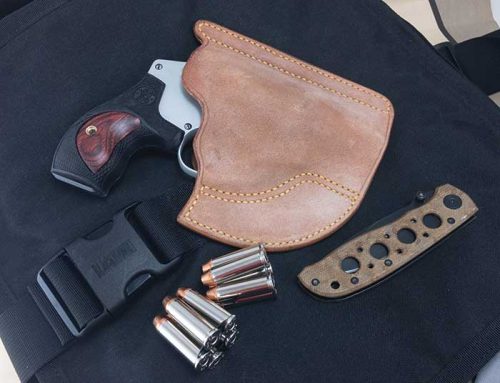
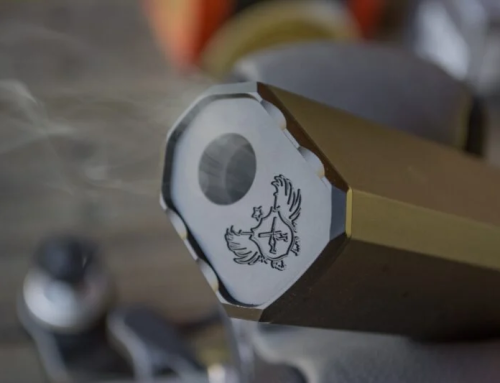
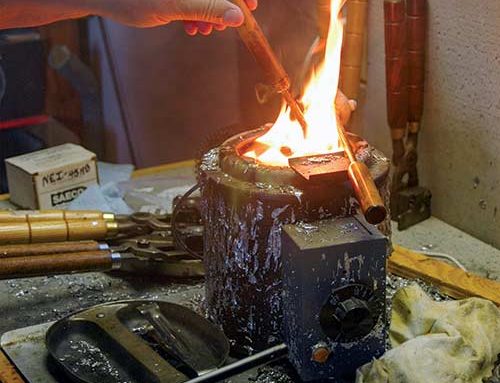
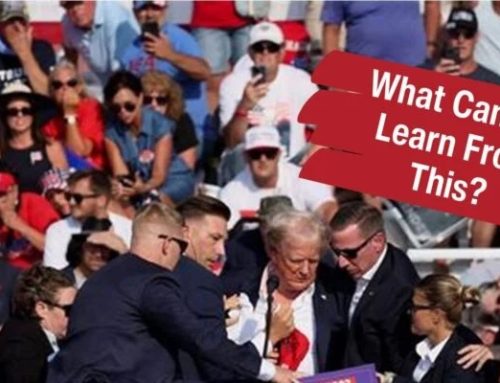

[…] The FBI flashlight technique calls for holding the light out and away from your body, with the lens close to your pinky finger. It arguably provides the most flexibility to searching and navigating with your flashlight. Source […]